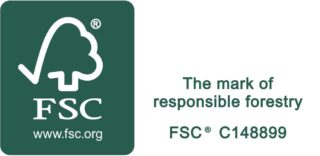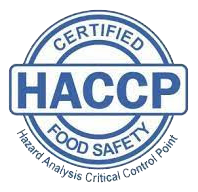
The concept of “environmentally friendly single-use products” seems inherently paradoxical. Single-use, by definition, implies disposable, a characteristic deeply at odds with our growing desire for sustainability. Yet, in the complex world of environmental solutions, even this seeming oxymoron deserves nuanced consideration. While advocating for the complete elimination of single-use items remains the ultimate goal, a responsible approach must acknowledge the realities of certain situations and the potential benefits offered by eco-friendly alternatives.
The environmental crisis we face, driven by rampant plastic pollution, overflowing landfills, and dwindling resources, demands a multi-pronged attack. Reusable alternatives are undoubtedly the gold standard, reducing waste and resource consumption significantly. However, reusables aren’t always practical or feasible in every scenario. Take medical settings, for instance. Sterile, single-use instruments are crucial for preventing cross-contamination and ensuring patient safety. Similarly, disaster relief situations often require disposable supplies for hygiene and sanitation. In such cases, environmentally friendly single-use options can play a vital role in mitigating the environmental impact while prioritizing other critical needs.
The key lies in the materials and processes used. Traditional single-use plastic, derived from fossil fuels and notoriously slow to decompose, is the villain in this story. Conversely, biodegradable and compostable materials made from plant-based sources like bamboo, cornstarch, or even seaweed offer a promising alternative. These materials break down naturally, returning organic matter to the soil instead of filling landfills or polluting oceans.
Furthermore, responsible sourcing and manufacturing practices are crucial. Utilizing renewable energy sources throughout the production process, minimizing water usage, and implementing effective recycling programs can significantly reduce the environmental footprint of these products.
However, promoting environmentally friendly single-use products comes with significant caveats. Greenwashing, the deceptive practice of presenting products as eco-friendly despite minimal environmental benefits, must be vigorously combated. Transparency and clear labeling are essential, allowing consumers to make informed choices based on verifiable sustainability claims. Additionally, infrastructure for proper disposal and composting of these products needs to be widely available and accessible. Without proper mechanisms, even biodegradable materials can end up in landfills, negating their intended environmental benefit.
The ultimate goal remains eliminating the need for single-use items altogether. Investing in robust reusable alternatives, promoting cultural shifts towards mindful consumption, and advocating for policy changes that incentivize resource conservation and reduce plastic waste are crucial steps in this direction. However, in situations where single-use is unavoidable, prioritizing environmentally friendly options can bridge the gap towards a more sustainable future.
Ultimately, the question of whether environmentally friendly single-use products are truly “green” remains complex. It’s a nuanced conversation that requires careful consideration of specific contexts, material choices, manufacturing processes, and disposal mechanisms. While they should never be seen as a long-term solution, responsibly designed and managed eco-friendly single-use products can offer a temporary bridge, mitigating environmental harm while we strive towards a world where reusability, not disposability, reigns supreme.
Remember, sustainability is a journey, not a destination. Every step, no matter how small, counts. Choosing environmentally friendly single-use options when reusables are not practical can be a conscious stride in the right direction, one that helps pave the way for a greener future.



